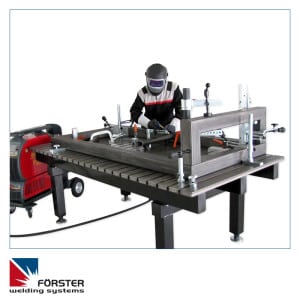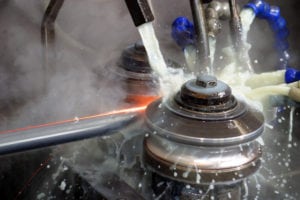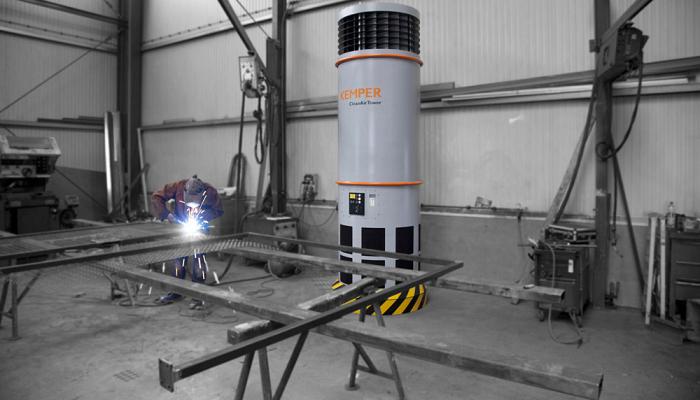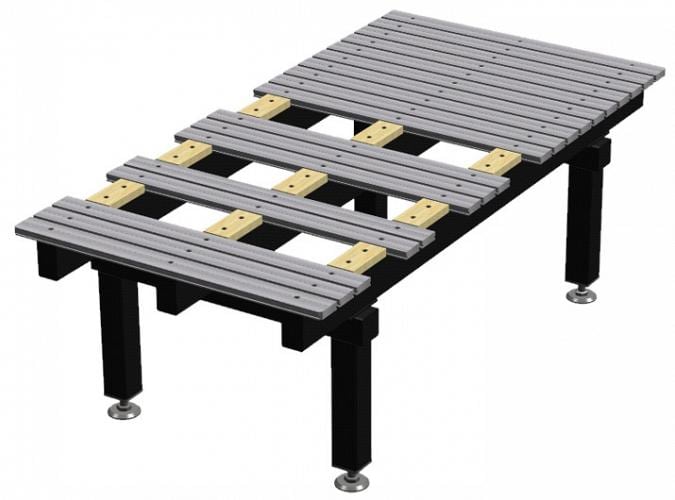Whatever sort of work you do, it’s important to maintain good posture. This means you need to be sure that you aren’t straining your back or any of your muscles while you work. The implications of bad posture are enormous as stress and strain on the spine can result in a myriad of complications. These range from headaches, neck pain, and sore knee, hip, and shoulder joints, to cramps, indigestion, and of course, backache.
Welders generally stand when they work, and they often find they have to bend and virtually contort themselves to reach inaccessible areas that need to be clamped and welded.
Ergonomic Equipment Helps Posture
Ergonomic equipment is frequently used in home and office environments, to help people sit correctly and avoid muscular or skeletal injuries. And now welders have access to ergonomic equipment too.
Forster America specializes in lifting and tilting welding tables that have hydraulic lift and turning functions that make it easy to adjust the height of their tables.
The Ergofix welding manipulator is a particularly useful piece of equipment, enabling workers to maintain an ergonomic posture throughout the welding process.
Both the lift and turn functions are operated using hydraulics. This means that there is no need for physical strength, and the user doesn’t have to strain in any way.
The Ergofix hydraulic system is easy to control and it is incredibly accurate. It is easy to start, speed up and slow down, and stop manually. It provides constant force and torque and is safe and economical, and easy to maintain.
Apart from its superior hydraulics, Forster’s Ergofix manipulator has been designed for use with a highly superior vacuum clamping system, Vakufix.
Ergofix Works With Vakufix
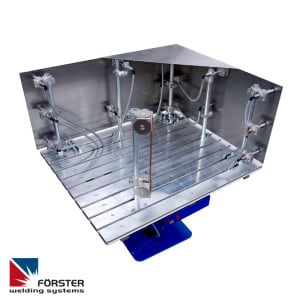
Made for both manual and robotic welding of sheet metal plates, Vakufix enables welders to clamp parts of the work piece directly in the line of heat. Better still, because the Ergofix can be tilted and rotated, the clamps can be used at a three-dimensional level.
One of the most important advantages of this system is that welding seams aren’t covered with clamps or clamping arms. This makes the welding procedure easier, and of course, ensures that workers are able to maintain good posture throughout the process.
The way it works is that the parts are secured onto a vacuum plate that has a very small surface. So if work has to be corrected, or pieces repositioned, the process is simplified and is a lot quicker than it would be if using regular clamps.
Ultimately, because the Ergofix hydraulic system helps welders maintain good posture, their health is protected and downtime is minimized. It’s a win-win situation for employers and employees.
Contact Forster America to find out more about the Ergofix manipulator and other lifting and turning tables that will increase efficiency and productivity in your welding workshop or factory.

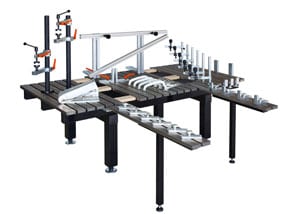 Forster America has a range of modular welding tables, including their signature modular 3D tables that are designed with an innovative T-slot top. These, in turn, accommodate the company’s unique 3D clamping system.
Forster America has a range of modular welding tables, including their signature modular 3D tables that are designed with an innovative T-slot top. These, in turn, accommodate the company’s unique 3D clamping system.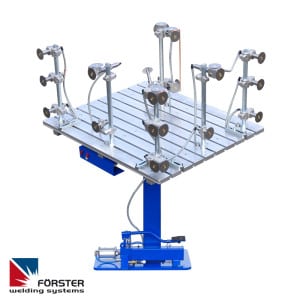
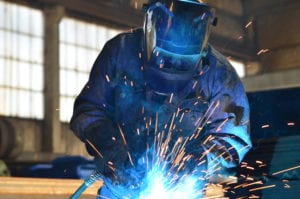 Many welders work with various types of steel including carbon steels, low-alloy steels, and stainless steels. Within these groupings, there are many different and more specific types of steel, the most common of which is mild steel, a type of carbon steel. While mild steel contains between 0,15 and 0,35 percent carbon, stainless steel contains considerably more chromium (at least 10 percent) than any other types of steel, and it doesn’t rust or corrode.
Many welders work with various types of steel including carbon steels, low-alloy steels, and stainless steels. Within these groupings, there are many different and more specific types of steel, the most common of which is mild steel, a type of carbon steel. While mild steel contains between 0,15 and 0,35 percent carbon, stainless steel contains considerably more chromium (at least 10 percent) than any other types of steel, and it doesn’t rust or corrode.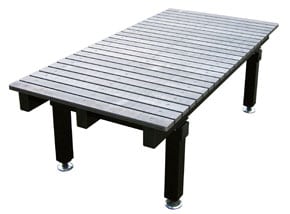
 Professional welding jobs must be accurate. Work pieces must be measured and cut according to the specified design, and then correctly aligned so that angles are right and welding (or even just initial setup) doesn’t have to be redone. This might sound like a no brainer, but it’s not unusual for welders to have to mechanically rework parts, if not all of a job, because setup was done incorrectly.
Professional welding jobs must be accurate. Work pieces must be measured and cut according to the specified design, and then correctly aligned so that angles are right and welding (or even just initial setup) doesn’t have to be redone. This might sound like a no brainer, but it’s not unusual for welders to have to mechanically rework parts, if not all of a job, because setup was done incorrectly. The very best welding fixtures are designed to be ergonomic, so that welders have to use minimum effort when doing basic yet precise activities liking measuring the metal work piece, working out precise angles and dimensions, aligning sections of a work piece, and correcting or mechanically reworking the materials required to complete any job. Instead of laboriously made jigs, scroll benders, and individual clamps, ergonomic welding fixtures include innovative lift tables, vertical turntables, horizontal rotary tables, ingenious clamping elements and 3D clamping systems that minimize the typical downtime associated with custom projects.
The very best welding fixtures are designed to be ergonomic, so that welders have to use minimum effort when doing basic yet precise activities liking measuring the metal work piece, working out precise angles and dimensions, aligning sections of a work piece, and correcting or mechanically reworking the materials required to complete any job. Instead of laboriously made jigs, scroll benders, and individual clamps, ergonomic welding fixtures include innovative lift tables, vertical turntables, horizontal rotary tables, ingenious clamping elements and 3D clamping systems that minimize the typical downtime associated with custom projects.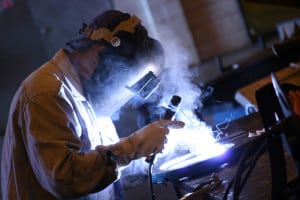 The
The 